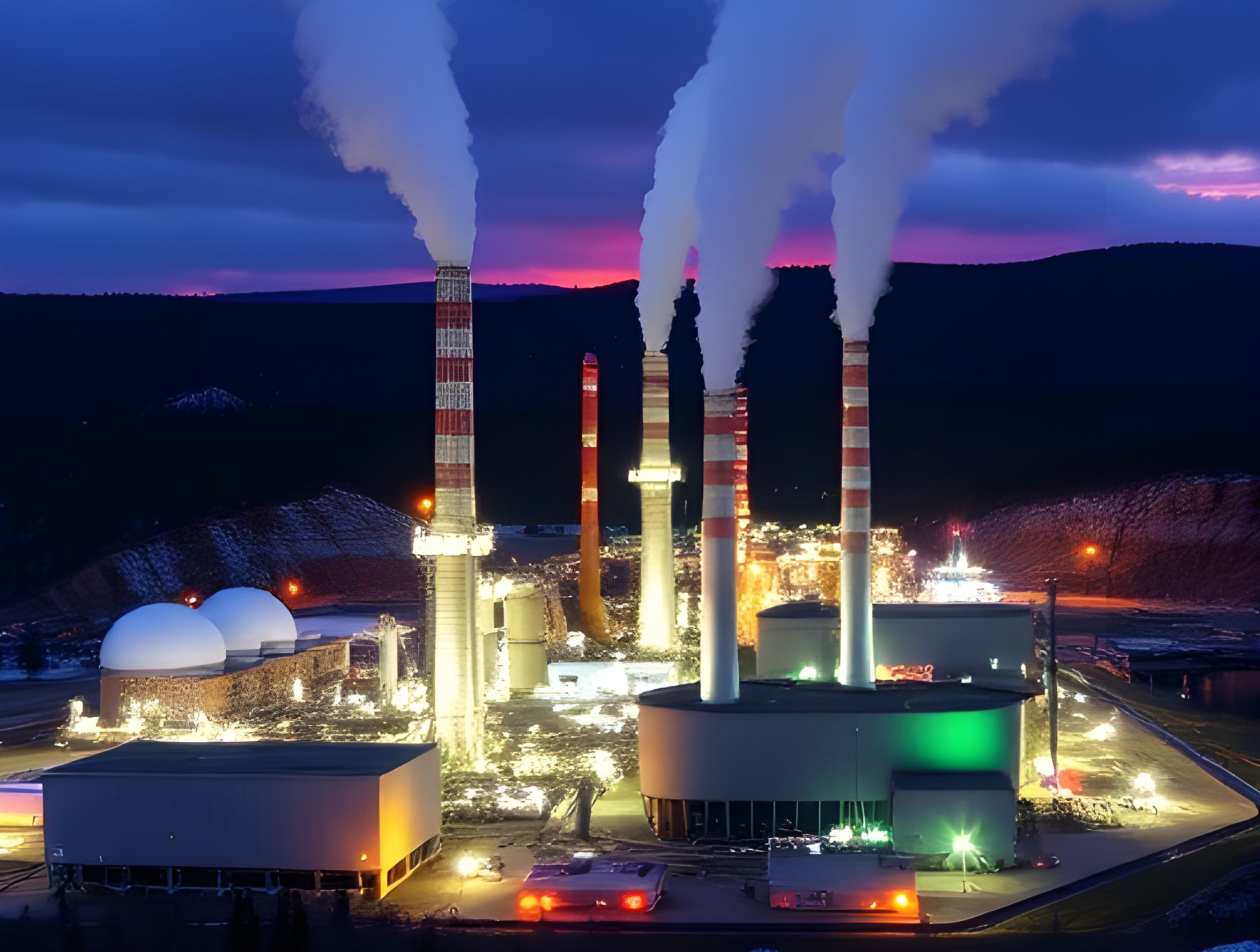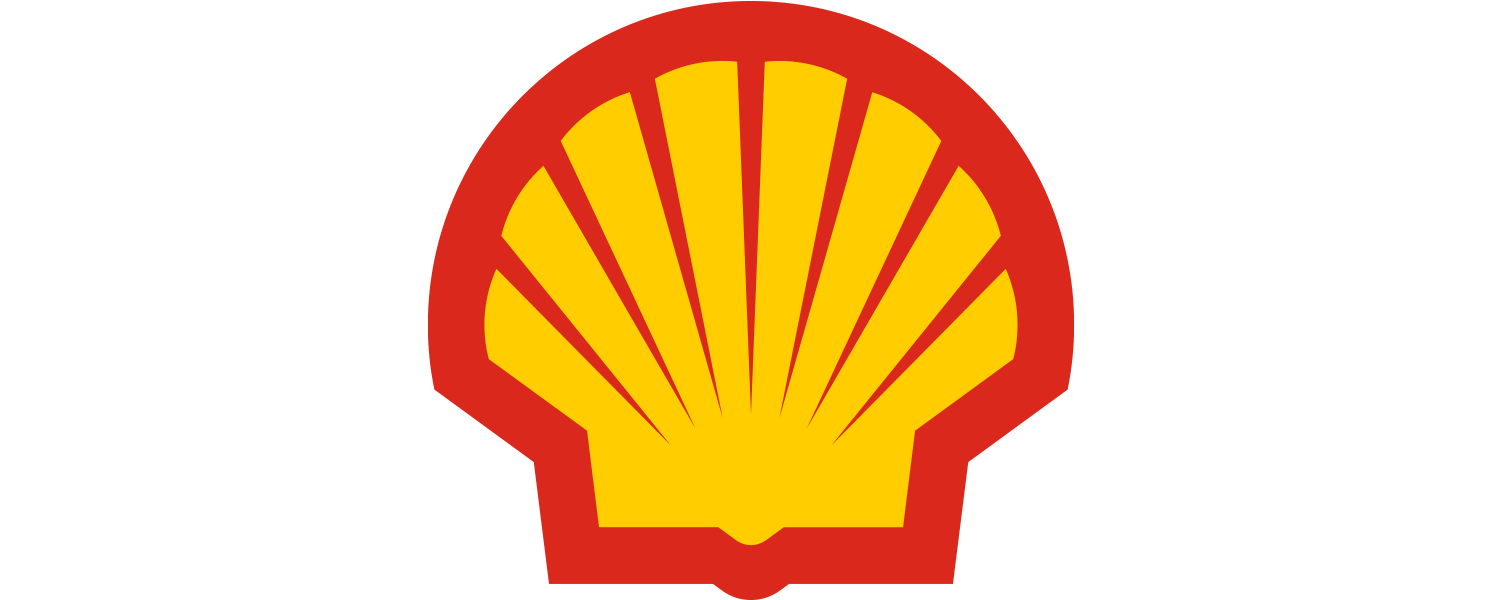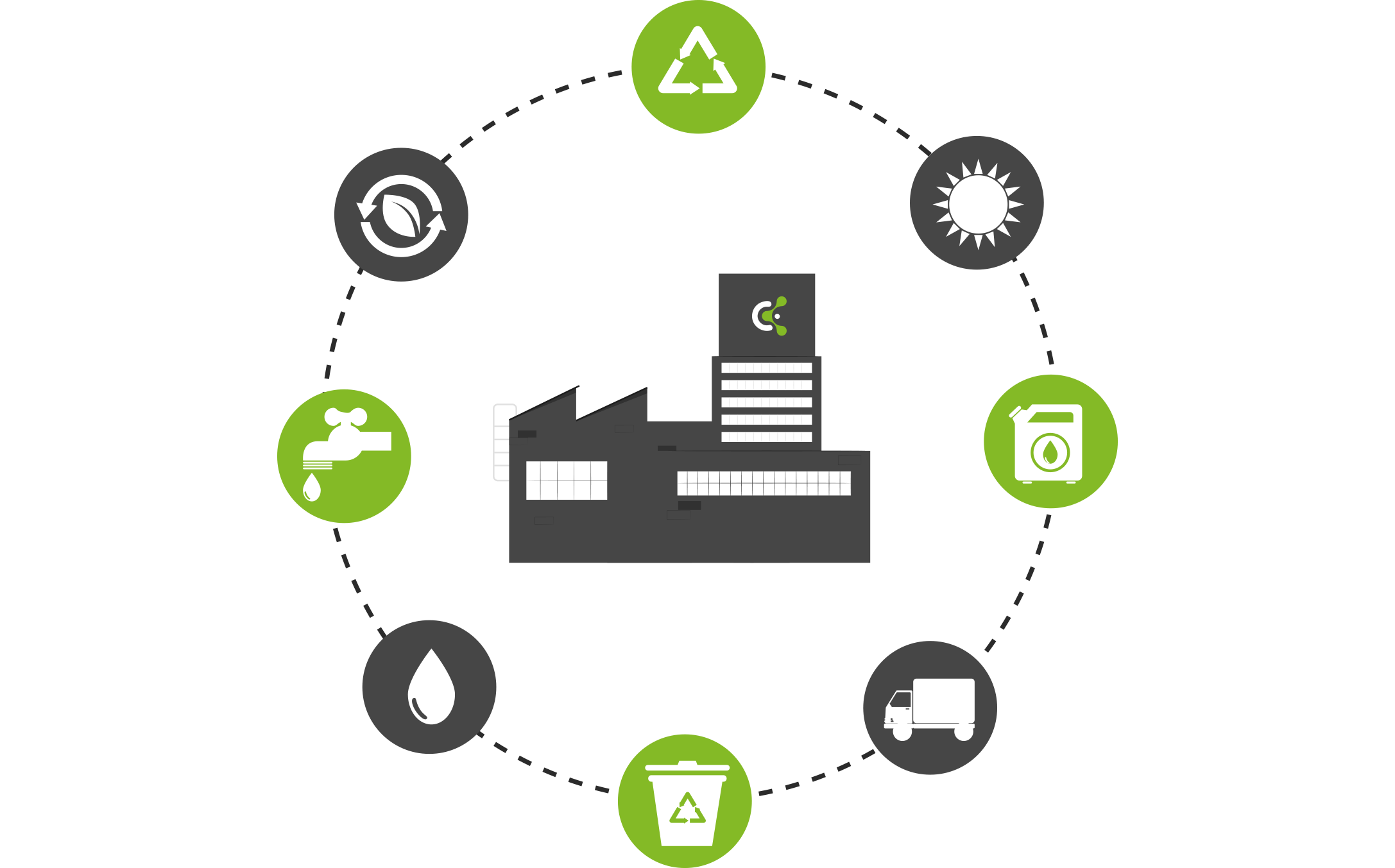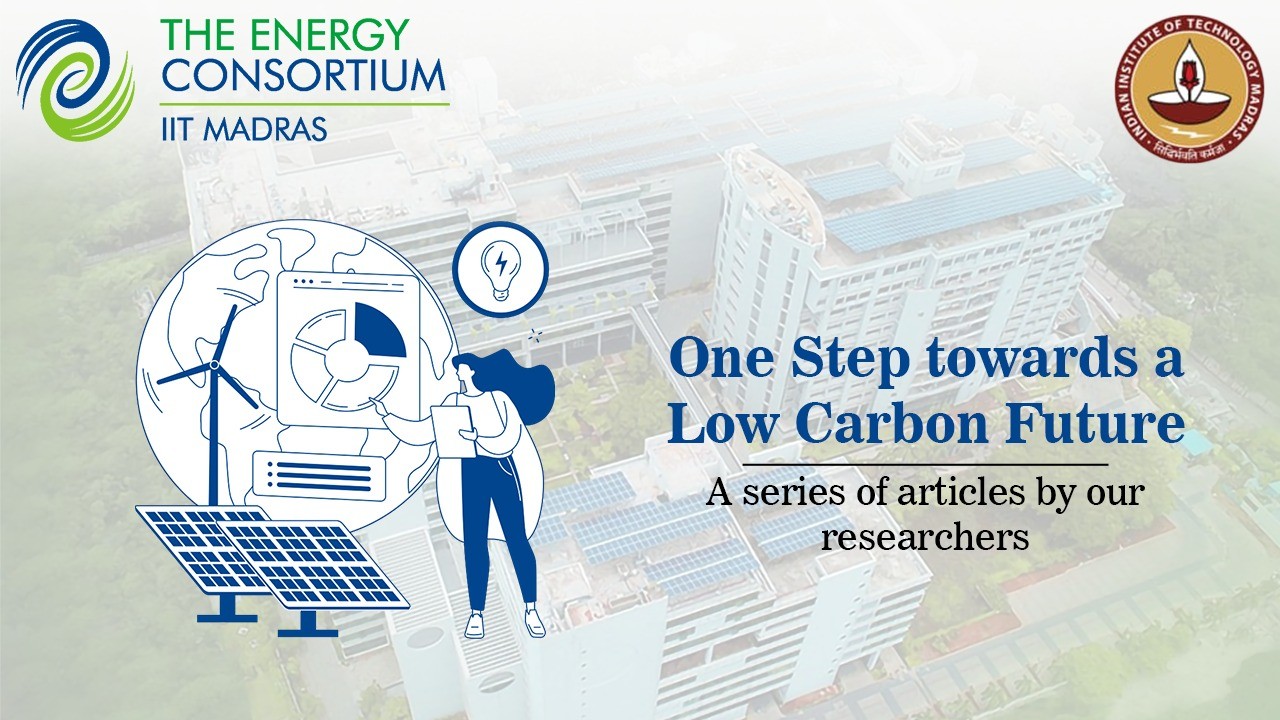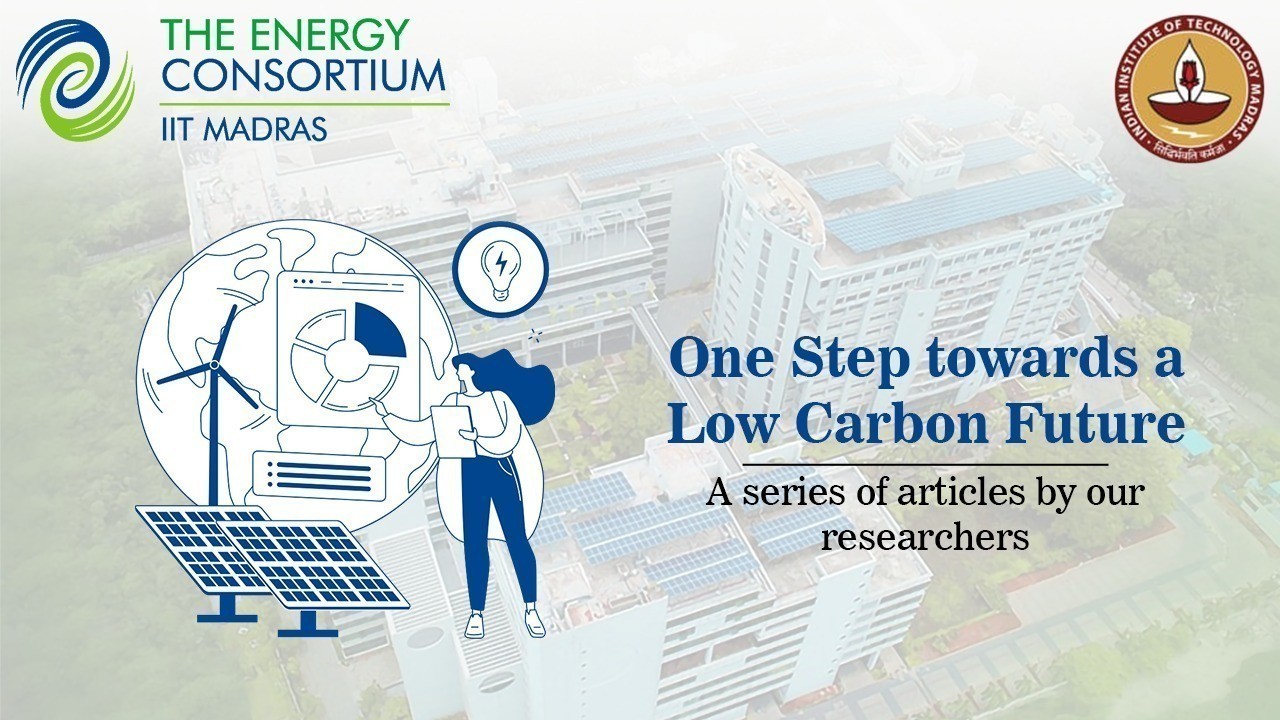H2, The Saviour?
Hydrogen was probably the first chemical we learned in our middle school chemistry lectures. It was taught as the smallest and simplest of elements. Its simple structure had nothing more than an electron and a proton, making it a student-friendly chemical element. Nevertheless, little did we know that the element we had all taken for granted during those days would be a game-changer in mitigating a serious universal concern- Global Warming.
Our last article discussed nature’s way of handling emitted carbon dioxide. In this article, we will discuss the usage of different techniques to slow down the rate of consumption of fossil fuels.
Climate change is horrifying, and we are already experiencing its flavour. The world is warming up, and immediate action has to be taken to mitigate this increase. On the other hand, the energy demand is expected to rise steeply given the rising population and increasing human needs (this statement might kick off a philosophical debate). As we all know, fossil fuels are the major energy suppliers even today. Most of the power, cement, and steel plants depend on coal as their energy source. Automobiles and household applications are fuelled by fossil oil and natural gas. These fossil fuels are primarily based on carbon and hydrogen, so that they might produce enormous amounts of carbon dioxide. Carbon dioxide is the most important greenhouse gas that contributes to global warming. Due to its uncertainty, a complete replacement of carbon-based fuels by renewable sources is highly irresolute, at least in the near future.
In short, the circumstance is as follows: More needs drive increased fuel usage accompanied by increased emissions. On the other hand, our demands are still growing, giving us no scope to decrease the fuel usage.
In this state of crisis, you might be thinking, “How good it would have been if there were a fuel that provides us with enormous energy without emissions?”-we heard you. And your prayers are answered!- There is a superhero fuel that burns without any emission but provides much energy to all our applications. Apart from all that, this fuel is abundant, making it commercially viable. It is said that complex problems have simple solutions. Indeed, the solution to this problem is a simple molecule, HYDROGEN.
Why is hydrogen the key?
Fuel is a chemical substance with energy “packed” as chemical bonds. We supply external heat to break those bonds, releasing those packets of energy. When we do this in a carbon-based fuel, it emits carbon dioxide. However, hydrogen does not contain any carbon, so that no carbon dioxide would be produced during this combustion. Water (or steam) would be the only by-product of hydrogen combustion, making it clean fuel. Unlike coal, burning hydrogen would not also result in ash formation. Additionally, hydrogen is packed with a lot more energy (~120 MJ/kg) than natural gas (~50 MJ/kg) and other fossil fuels, making it a robust contestant in the energy race. In short, hydrogen can produce electricity, fuel cars, and burn stoves without any emissions.
What are the challenges in the way of using hydrogen as a fuel?
We wouldn’t have overlooked something as significant as hydrogen for so many years if it had no limitations. Although hydrogen is clean and efficient fuel, its lightness, small size, and higher specific volume challenge its usage worldwide. Since hydrogen is light and small, they tend to diffuse through most of the materials in which it is stored or transported. Due to the same reason (small size), they occupy much space, necessitating huge containers or being stored/transported at higher pressures. Also, the condensation temperatures are as low as -250â°C, ruling out keeping/transporting it as a liquid. Furthermore, hydrogen can readily ignite when they contact air and burn with (close to) invisible flames. So, substantial safety measures and practices would have to be adopted if we were to use hydrogen as fuel worldwide. In addition to the foretold challenges, more significant challenges will be discussed in the paragraphs below.
Source of hydrogen- A determining factor for the future of clean energy
Unlike carbon-based fossil fuels, hydrogen is not found in its free form. In other words, it is always found along with other compounds such as water, coal, and methane. The biggest challenge in using hydrogen as a fuel is identifying the apt source of hydrogen. The source of hydrogen would determine if the used hydrogen is clean or if it has some “black” history. There is a trade-off between the “cleanliness” of hydrogen and its cost. Today, hydrogen produced from carbon-based sources is relatively cheaper than clean ones. But intuitively, it makes very little sense to produce a clean fuel accompanied by emissions. Based on the origin of hydrogen, it is categorized as having different colours.
Coal is primarily composed of carbon, hydrogen, nitrogen, oxygen, and sulfur. Coal can undergo gasification (not the same as coal combustion) to produce a mixture of gases from which hydrogen can be separated. Hydrogen generated from coal is called brown hydrogen and is accompanied by carbon dioxide emissions.
Natural gas predominantly contains methane (CH4). Every methane molecule has four hydrogen atoms (as seen from its chemical formula), and they can be separated using a variety of processes. There are different processes, such as steam reforming of methane (SRM), dry reforming of methane (DRM), and partial oxidation of methane (POx), where we use different techniques to produce hydrogen from natural gas. Although some emissions also accompany this process, it is slightly cleaner than the coal route, and the hydrogen so produced is named grey hydrogen.
Carbon sequestration is a collection of expertise to store excess carbon dioxide in any place other than the atmosphere. Typically, they are kept under ocean beds, under the soil, or can be used for enhanced oil recovery techniques (an exciting topic to be discussed in our upcoming articles). If the plant where either the brown or the grey hydrogen (discussed above) has the facility to sequester carbon dioxide emitted during the process, rather than releasing it into the atmosphere, the hydrogen would be considered cleaner than before. The hydrogen produced from a carbon-based source complemented by the sequestration of carbon dioxide is called blue hydrogen.
Methane (CH4) can undergo pyrolysis (heating in the absence of air) to form coke and hydrogen. This is a newly explored pathway where coke can be used as a fuel in various industrial applications. This could also be a slight disadvantage as we are trying to avoid the usage of solid fuels as they generate ash as a combustion by-product. The hydrogen produced by this pathway is termed turquoise hydrogen.
In The Mysterious Island, Cyrus Harding mentioned, “Water will be the coal of the future.” This book was published in 1875, and it was indeed a visionary statement. The world has around 70% covered by water (H2O), and water has hydrogen. We could produce significantly large quantities of hydrogen from water without any carbonaceous emissions. Also, burning hydrogen for energy produces water as the by-product. Although this looks like a great deal, there is a significant challenge in making hydrogen from water.
Water is a very stable molecule, and we need enormous energy to break it. Investing large magnitudes of energy into creating a fuel that would provide us back the energy is commercially a terrible idea. However, recent advancements in water electrolysis are proving to be promising for hydrogen production and one of the crucial areas of research in our CCUS laboratory. When we use renewable sources such as solar and wind as the source of electricity to produce hydrogen from water, it is called green hydrogen. If we use nuclear sources of electricity for the same, it is called purple hydrogen. Any greenhouse emissions would not accompany green and purple hydrogen production. As said above, the cleanliness of hydrogen increases with an increase in cost, making green hydrogen the costliest among the available sources (refer to the figure). However, intense research is being done on improving the efficiency of the production of green hydrogen, and we can expect it to be affordable soon in the future. The below chart shows the price comparison of hydrogen from different sources.
